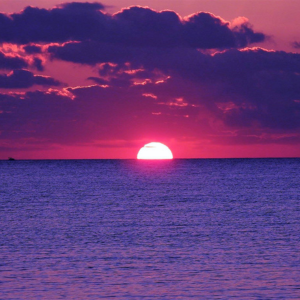Book Review:'Helliconia Spring' by Brian Aldiss
2 / 5 Stars
‘Helliconia Spring’ first was published in hardback in 1982; this Berkley paperback (433 pp) was released in November, 1984. The cover artist is uncredited.
‘Helliconia Spring’ is the first volume of the trilogy; later volumes are ‘Helliconia Summer’ (1983) and ‘Helliconia Winter’ (1985).
[During the 70s and early 80s, lengthy novels were a linchpin of general fiction publishing; 600+ page tomes from James Michener (Centennial, Chesapeake) and James Clavell (Shogun) were bestsellers. Science fiction came rather late to this aspect of publishing, with Dune (1965) and Dhalgren (1975) the only representatives, until the advent of the early 80s, and ‘Helliconia Spring’.]
The premise of the Helliconia series is straightforward: the planet circles its two binary suns at a leisurely pace; so leisurely, in fact, that a ‘year’ is equivalent to 2,592 days, and winter lasts for the equivalent of nearly 600 Earth years. The ecology of Helliconia is thus geared towards enduring, and then exploiting, protracted periods of cold and dark followed by abundant sunshine and warmth.
The human inhabitants of Helliconia (their presence on the planet is never explained, but they are presumed to have evolved from a race of Helliconian primates known as ‘protognostics’) share the planet with a humanoid race of goat-people called phagors; there is frequent enmity between the two races.
Winter life for the humans on Helliconia is nasty, brutish and short. Technology is at the bronze-age level, and misery and squalor are simply facts of existence.
Much of the narrative of 'Helliconia Spring' deals with the lives of the people of the village of Oldorando, who live in ignorance and superstition among the ruins of a previous civilization - one established centuries ago during the Great Summer, only to disintegrate with the coming of the Winter.
The main plot revolves around the personal melodramas and political conflicts of a large cast of characters, who must struggle with the psychological and social traumas triggered by the massive environmental changes accompanying the advent of Spring. An overarching plot device deals with the impending arrival of a large phagor army, whose leader seeks to burn Oldorando to the ground.
The events of the main narrative are regularly interspersed with pedantic expositions on the environmental science of Helliconia, and its plant and animal life.
I found ‘Helliconia Spring’ to be ponderous and unrewarding. The plot had just enough momentum to keep me from tossing the novel aside due to boredom, but that’s it’s only saving grace.
The book is badly overwritten; much of Aldiss’s prose has the self-conscious leanings of an author who is determined to be ‘literary’:
A heat message thrilled along the five hundred-mile length of the glacier, as it spilled down from the airless plateau of High Nktryhk to the excoriated valleys east of the Oldorandan plain, drawing out ancipitals from its eaves and crevices.
Using ‘excoriated’ to describe a valley is just one of the steady stream of thesaurus-derived, awkward phrasings that mark the prose style of ‘Helliconia Spring’. Readers will need to gird themselves to encounter such words as ‘eotemporal’, ‘ripicolous’ (or 'rupicolous'), ‘hypogean’, ‘expatiate’, ‘renasence’, ‘exsiccated’, ‘obtend’, and Aldiss’s favorite adjective, ‘cthonic’.
I can’t help comparing ‘Helliconia Spring’ to another high-profile 80s sf trilogy: Harry Harrison’s ‘Eden’ series, which started just two years later, in 1984.
Harrison’s trilogy is just as ambitious as Aldiss’s in terms of its creation of a planetary ecology, and the maintenance of a complex cast of characters. But the quality of Harrison’s prose, and the overall readability of the ‘Eden’ trilogy, markedly are superior to ‘Helliconia’.
Summing up, only die-hard Aldiss fans are going to want to invest the time and effort into reading ‘Helliconia Spring’ and its sequels. All others can pass on this title.
Showing posts with label Helliconia Spring. Show all posts
Showing posts with label Helliconia Spring. Show all posts
Sunday, June 5, 2016
Subscribe to:
Comments (Atom)


























